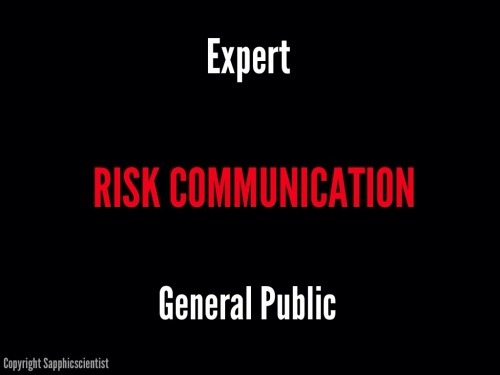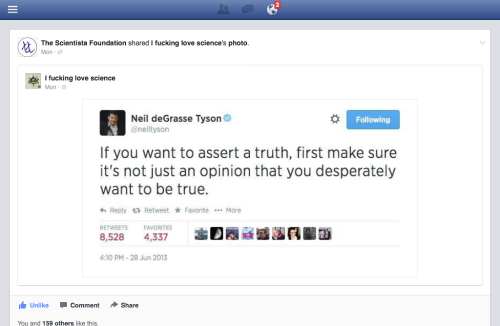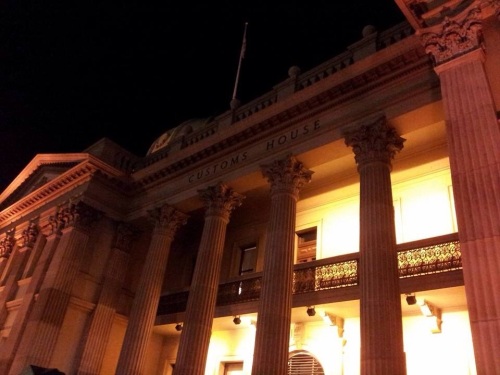Following on from my post entitled, Risk and the ‘Raw’ Milk Controversy, I am hoping to explore (in a number of posts) risk communication, the various elements at play, and risk communication failures involved in this controversy.
This week, my science communication class had to read selected chapters from ‘Mad Cows and Mother’s Milk’ by Douglas Powell and William Leiss. The book examines the role of risk communication in dealing with public controversies. I will use some of the key concepts from this book to explain risk communication and frame it within the ‘raw’ milk controversy / debate.
Powell and Leiss, 2004 define risk as the probability of harm in any given situation and the probability is determined by – i) nature of the hazard, and, ii) extent of an individual’s exposure to the hazard. Essentially, hazards and exposures = overall risk (Powell and Leiss, 2004).
Risk communication is the process of exchanges about how best to assess and manage risk among academics, regulatory practitioners, interest groups and the general public (Powell and Leiss, 2004). Put simply, communication about how to assess and manage risks between a variety of stakeholders.
According to Powell and Leiss, 2004 there are two key standpoints / risk assessment viewpoints when risks are discussed –
- Expert – scientific and technical knowledge, including quantitative information
- Public – uses ordinary language, in context with individual experiences and includes qualitative information
Both sides hold expectations of the other. Experts expect the public to understand scientific information and the complexity of the issue. The public expects experts to understand individual effects and want certainty in expert knowledge (Powell and Leiss, 2004).
Good risk communication sits between the expert and public assessment of risk and breaks down barriers to dialogue and cooperation. Failure to implement good risk communication practises lead to the creation of a risk information vacuum where fear, conflicting interpretations of information and poor or little information abounds. It is in this space that –
- Media reports form the public framing of risks
- Interest groups fill the vacuum with its own information and perspectives
- Fears and concerns grow and spread and become a substantial consensus in public opinion (Powell and Leiss, 2004)
With these key concepts defined, I can now discuss risk communication and its failures in the ‘raw’ milk controversy / debate.
Stay tuned!
References
Powell, D. & Leiss, W. (2004). Mad Cows and Mother’s Milk (2nd edition). McGill-Queen’s University Press. Quebec City, Canada

Read Full Post »







